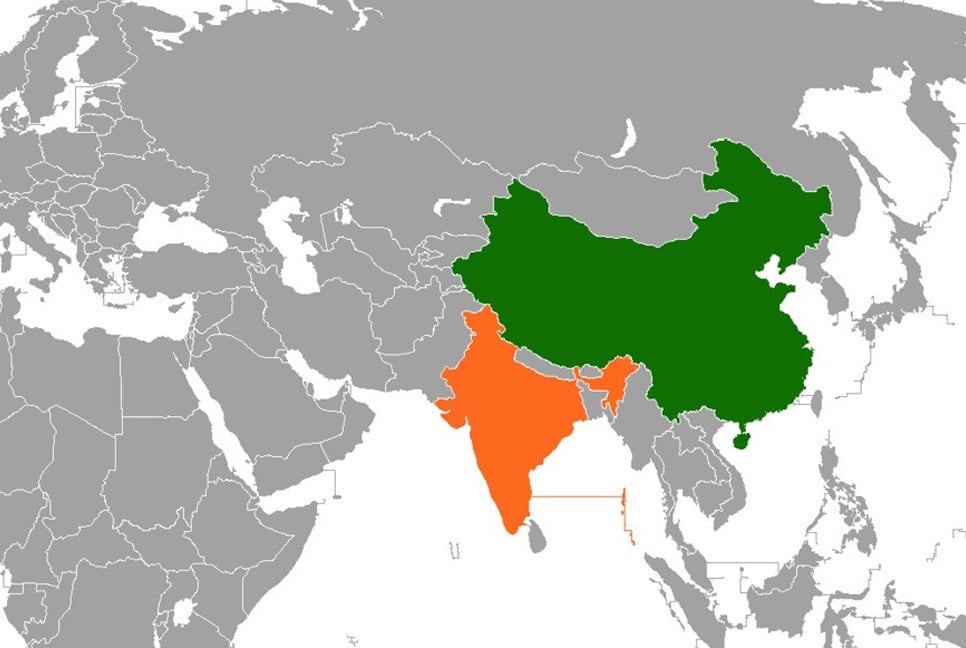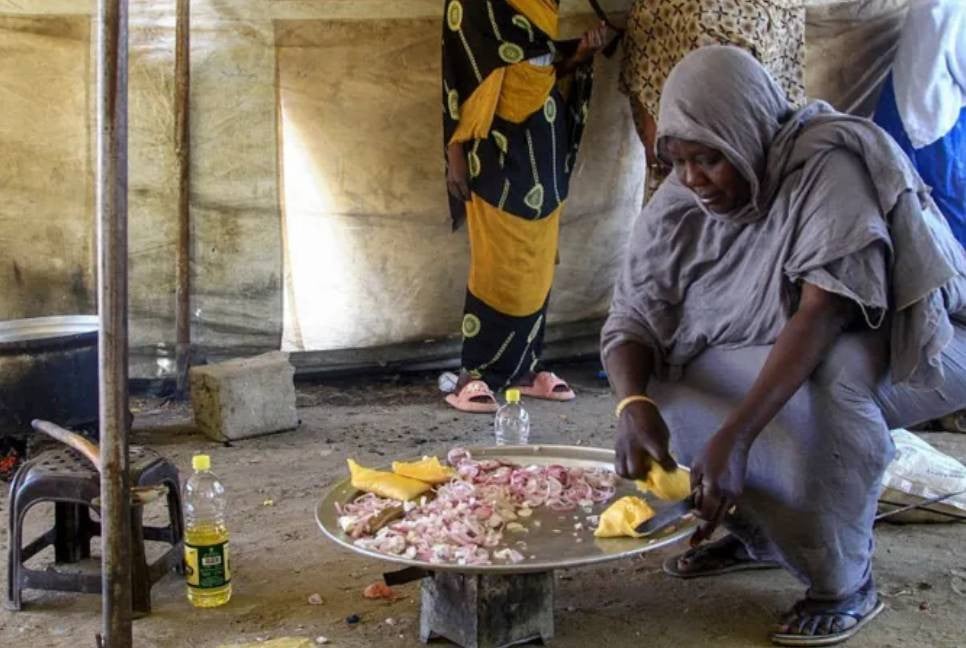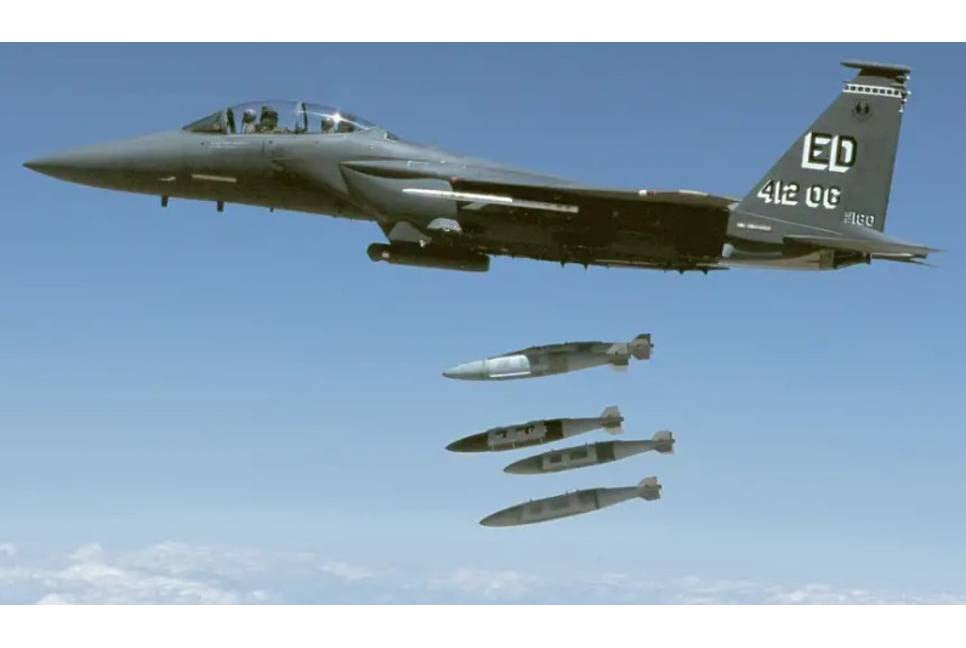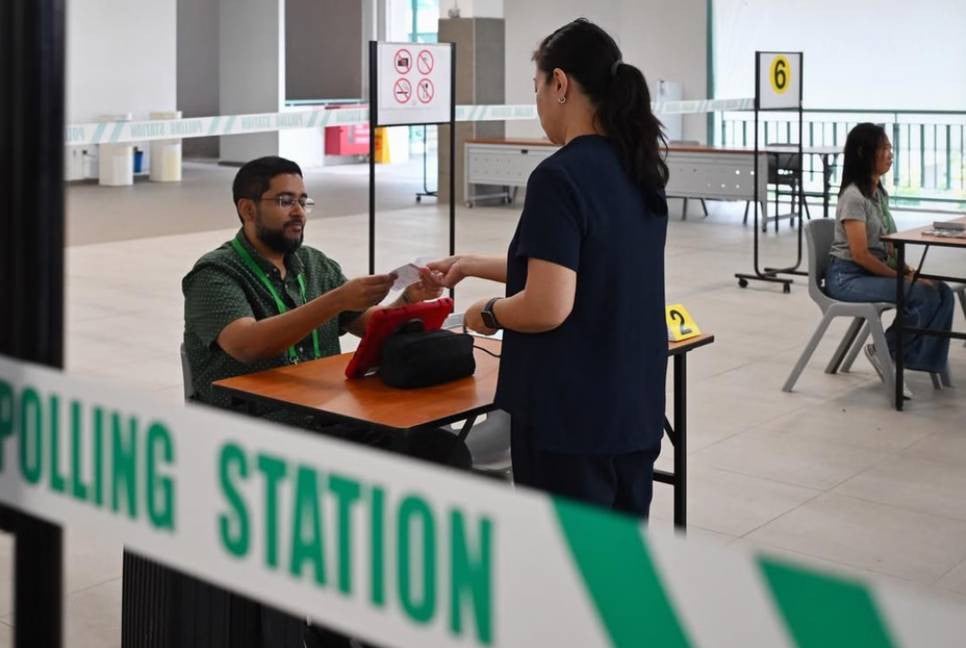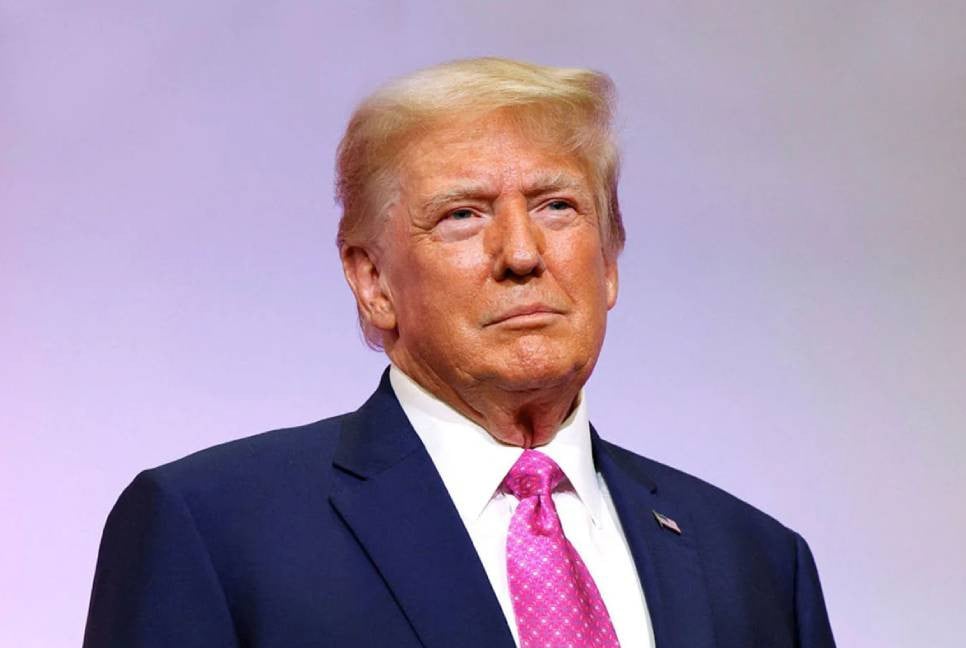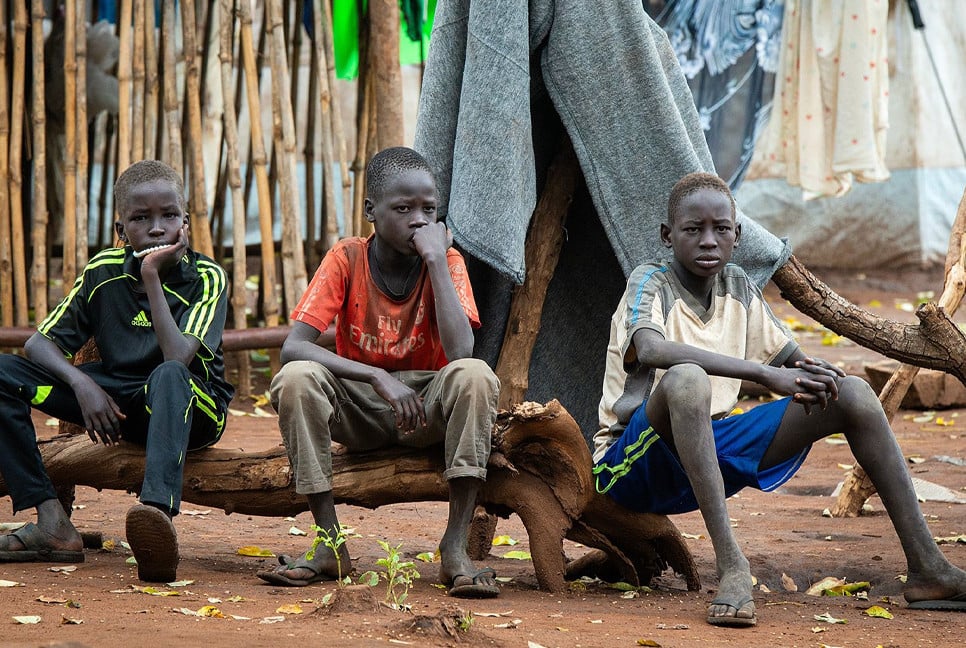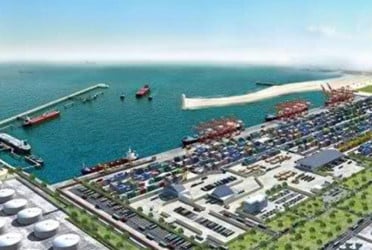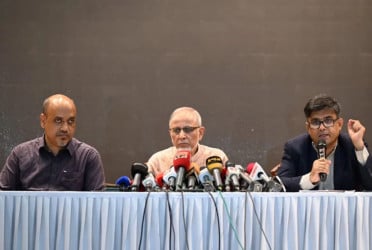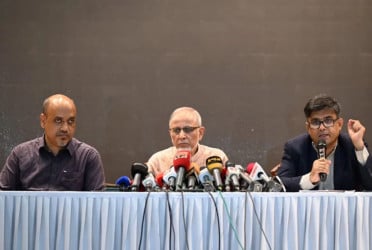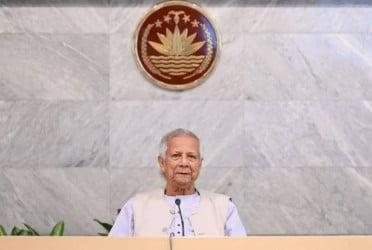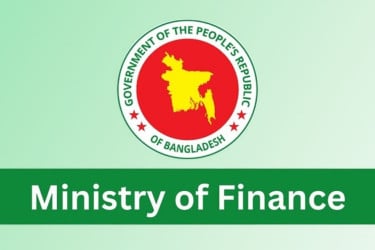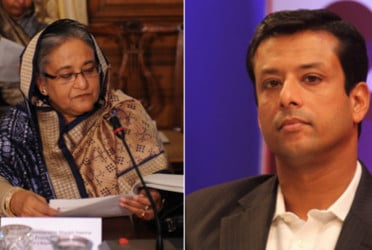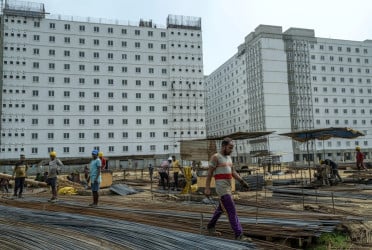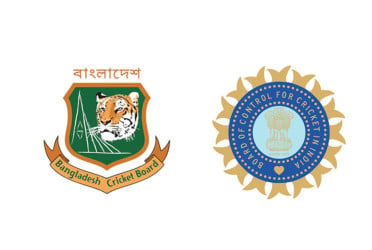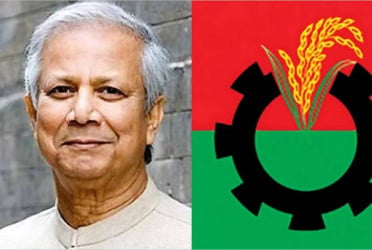After a long period of inactivity, China and India are re-engaging in dialogue, with leaders Xi Jinping and Narendra Modi holding a meeting at the BRICS summit this week. They have also come to an agreement on issues concerning their disputed border.
The world's two most populous nations are intense rivals and have clashed over everything from tech to their vast Himalayan frontier.
Here, AFP takes a look at four key sources of tension between the countries in recent years:
-Fighting at the frontier -
Beijing and New Delhi have regularly accused each other of trying to seize territory along their 3,500-kilometre (2,175-mile) unofficial divide, known as the Line of Actual Control (LAC).
China also claims all of India's northeastern state of Arunachal Pradesh, considering it part of Tibet, and the two fought a border war in 1962.
A border skirmish in 2020 killed at least 20 Indian and four Chinese soldiers, the deadliest face-off between the nuclear-armed neighbours in half a century.
That clash led both sides to pull back tens of thousands of troops and agree not to send patrols into a narrow strip surrounding the LAC.
But a deal this week saw the countries agree on patrolling arrangements along the tense frontier.
Details remain scarce, however, and analysts have cautioned that a more comprehensive cooling of tensions will take time.
"With the low levels of trust amongst militaries and governments of India and China, this will be a slow, arduous and painstaking series of steps", former Indian ambassador to China Gautam Bambawale wrote in the Times of India.
Jabin T. Jacob, professor of international relations at India's Shiv Nadar University, said the patrolling agreement was "a limited one".
"India... has been devoted to the task only of reversing Chinese transgressions, not punishing them, let alone resolving the boundary dispute itself", Jacob wrote in The Indian Express daily.
- Unresolved tensions -
India has also sought to leverage mounting US-China tensions to inch closer to the United States.
And analysts aren't convinced that this week's Xi-Modi meeting or the easing of border tensions will draw New Delhi away from Washington's orbit.
"The real underlying problem -- the border dispute -- remains unresolved, and this will continue to be a source of tension and disagreement for the two sides," Byron Chong, editor of the China-India Brief, told AFP.
Beijing has fumed over the creation of the Quad -- a security grouping among India, the United States, Australia and Japan that Washington has pitched as a counterweight to China.
And tensions with China have prompted India to bolster its own partnerships and defence capabilities, easing laws for Western companies to invest and co-produce military hardware in the country, Chong said.
While India has traditionally been one of China's largest trading partners, it has also sought to strengthen its own manufacturing sector as economic tensions between Beijing and Washington soar.
But, Chong said, "Its manufacturing growth has lagged behind competitors like Vietnam and Taiwan".
- Tech bans -
In the wake of the 2020 border clash, India's home ministry banned hundreds of mobile apps of Chinese origin, including the hugely popular social media platform TikTok.
New Delhi also dialled up pressure on Chinese tech firms, launching investigations into a number of firms over tax evasion and fraud.
And experts don't expect a rollback of that campaign anytime soon.
"India would want to see progress first and normalcy (at the border) before moving on these issues," said Srikanth Kondapalli, professor of Chinese studies at Jawaharlal Nehru University in New Delhi.
India is also looking to fortify its domestic telecommunications industry -- and is unlikely to halt probes into Chinese companies.
"There can be no question of India relenting on certain past decisions, such as banning Chinese apps, or not permitting Chinese firms to participate in our development of 5G and 6G," Bambawale said.
- Struggle for influence -
Both countries are jostling for clout in India's traditional sphere of influence in South Asia.
China's foothold in the region has expanded, driven by infrastructure investments as part of its vast Belt and Road initiative.
India "perceives the growing Chinese presence as a challenge to its regional leadership and security", said Chong, also a Research Associate at Singapore's Lee Kuan Yew School of Public Policy.
The two powers have also jostled over the small but strategically located archipelago of the Maldives, whose pro-China president came to power a year ago on a promise to evict dozens of Indian troops based there.
Beijing's ties with Pakistan, India's long-standing rival, "further intensify strategic concerns", Chong said.
But China's efforts to endear itself to New Delhi, as with the border deal, suggest it may be looking to turn the page.
"By engaging diplomatically and presenting itself as a cooperative partner, India could be influenced into adopting a more neutral or friendly stance towards China," Chong said.
"Reducing tensions with India may also be an indication that China wants to concentrate on other issues like Taiwan and South China Sea disputes."
Bd-pratidin English/Afia

